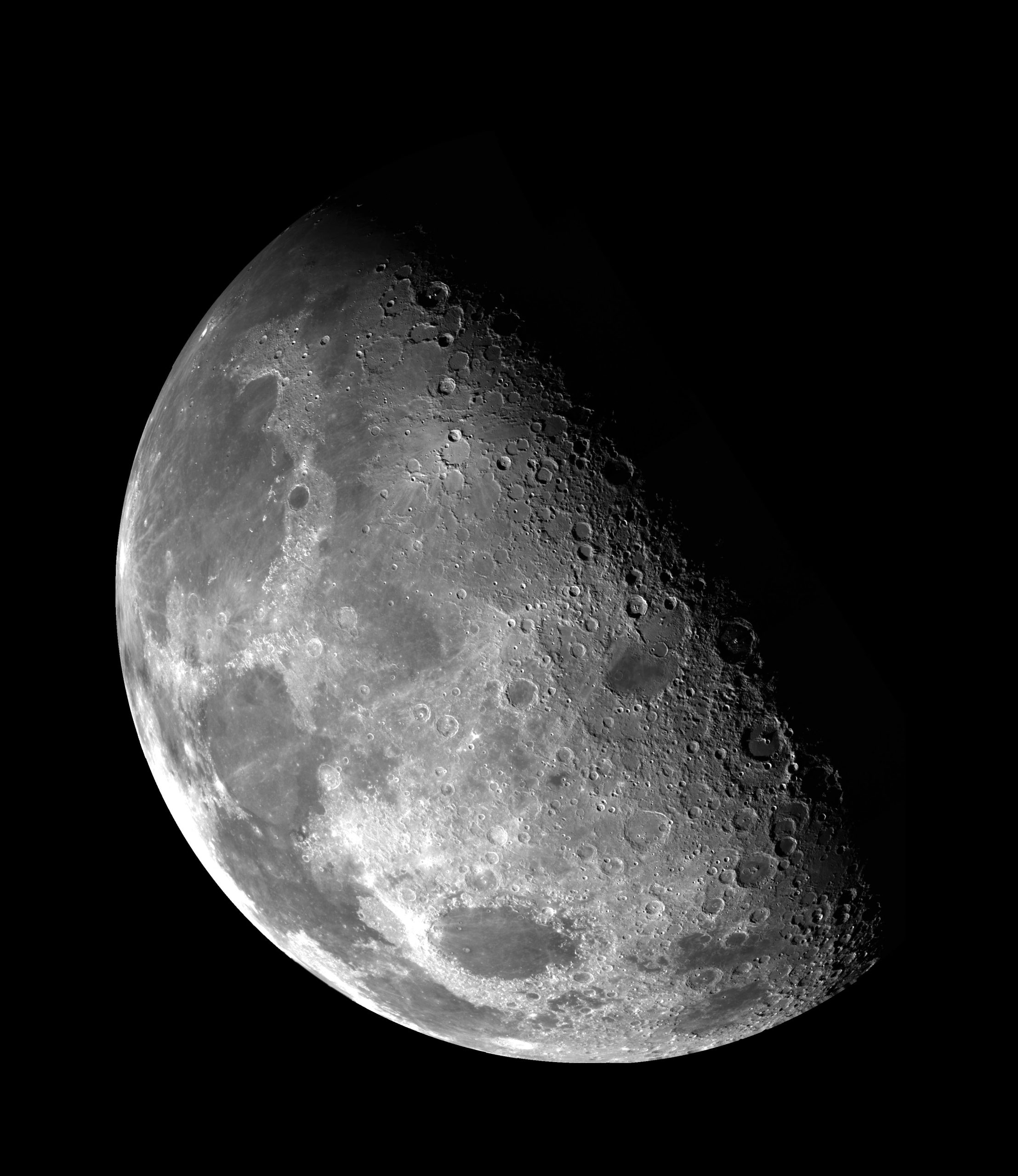What Causes the Moon to Appear as a Crescent?
When we look up at the night sky and catch a glimpse of the moon, it’s a mesmerizing sight to behold. Sometimes, however, the moon isn’t fully illuminated but instead appears as a slender crescent. This fascinating lunar phase sparks curiosity and prompts us to delve into the science behind this captivating phenomenon.
To understand why the moon appears as a crescent, we need to explore the moon’s orbit around the Earth and its relationship with the Sun. The moon serves as our natural satellite, reflecting sunlight back to our planet. Its appearance changes during the lunar month due to its position relative to the Earth and the Sun.
The Lunar Month and Phases
The moon takes approximately 29.5 days to complete a full cycle of phases, known as a lunar month. This time span occurs because the moon orbits the Earth counterclockwise as our planet moves around the Sun. During this cycle, the moon transitions through eight primary phases, including the new moon, waxing crescent, first quarter, waxing gibbous, full moon, waning gibbous, third quarter, and waning crescent.
When the moon appears as a crescent, it means that only a small portion of its surface is
properly illuminated by sunlight. The rest of the moon remains in dim or complete darkness. These crescent phases occur both before and after the full moon, creating a distinctive shape that has captivated artists, poets, and stargazers for centuries.
Interplay of Sun, Earth, and Moon
To comprehend why the moon appears as a crescent, we must examine the positions of the Sun, Earth, and moon during specific phases of the lunar month. The moon’s orbit is tilted at an approximate 5-degree angle relative to the Earth’s orbital plane around the Sun.
During a new moon, the moon is positioned between the Earth and the Sun. From our perspective, the sunlit side is facing away from us, leaving the moon invisible in the night sky. As the moon continues its orbit, it begins to move away from a direct line with the Sun and Earth. This movement allows a small portion of the illuminated side to become visible, resulting in a thin crescent shape.
Contrary to popular belief, the appearance of a crescent moon does not occur because the Earth’s shadow blocks the sunlight from directly reaching the moon. Instead, it’s the interplay of the moon’s position relative to the Earth and the Sun that creates this striking visual effect.
Celestial Geometry: Waxing Crescent and First Quarter
As we progress from a new moon to a waxing crescent, a slender crescent appears on the right side of the moon. This occurs because the moon is transitioning away from the line connecting the Earth and the Sun. As more sunlight illuminates the surface, the crescent gradually widens.
After the waxing crescent phase, the moon reaches the first quarter. At this stage, the moon is positioned at a 90-degree angle from the Sun relative to the Earth. As a result, we observe half of the moon fully illuminated, making it appear as a semicircle or a “half moon.” The first quarter signifies the halfway point between the new moon and the full moon.
Crescent to Full: Waning Crescent and Third Quarter
After the first quarter, the moon transitions into its waning crescent phase. This time, the illuminated side of the moon is on the left, creating a mirror image of the waxing crescent. The crescent continues to shrink, gradually approaching the new moon phase.
Finally, at the third quarter, the moon is again positioned at a 90-degree angle from the Sun relative to the Earth. From our viewpoint, half of the moon appears illuminated—a mirror image of the first quarter. The third quarter marks the final stage before the moon’s cycle starts anew with another new moon.
Conclusion
The marvel of the moon’s crescent phases lies in the celestial choreography between the Sun, Earth, and moon. The moon’s orbit and its position relative to the Sun dictate the amount of sunlight that reaches our nighttime companion, resulting in the captivating crescent shape that ignites our imagination.
Remember, the next time you gaze at the moon and marvel at its crescent, you’ll understand the intricate dance of celestial bodies that brings us this breathtaking lunar spectacle.
Table of Contents
